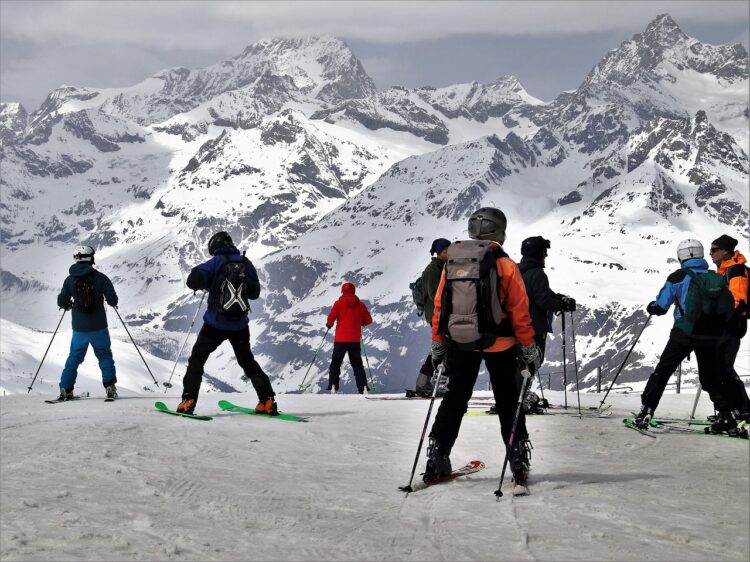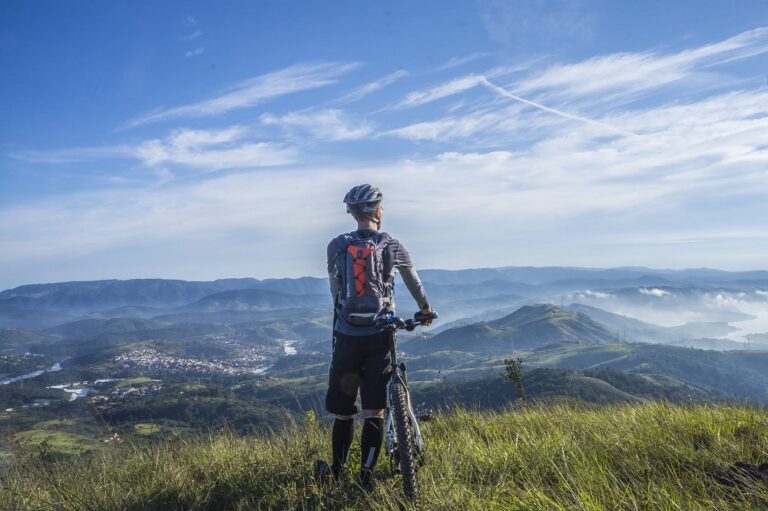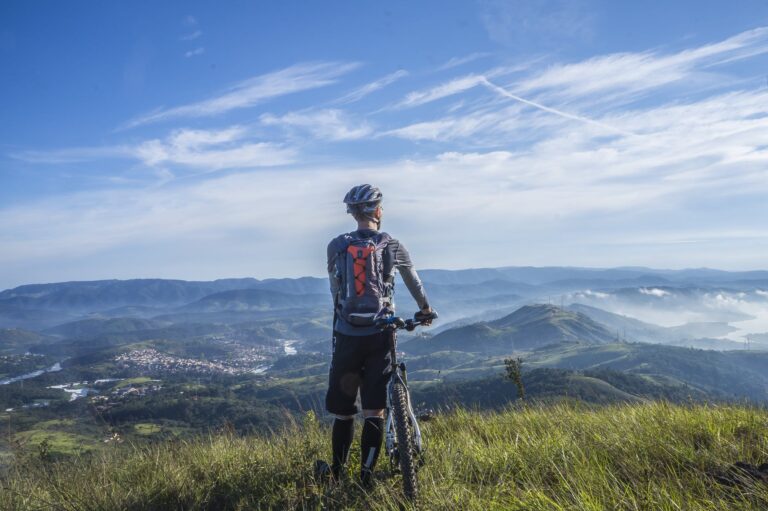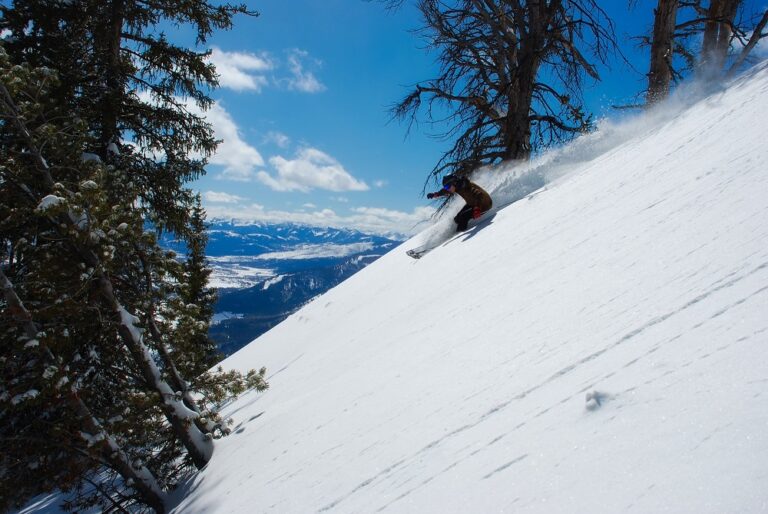#FitForSnow: Pre-Season Preparation Tips
Research shows that the fitter the individual the less likely they are to be injured.
If you’ve been active all summer, all you need is a bit of specific work to start your season, but if you’ve spent the last month or so at a desk or on the couch, you’ll need to build some endurance capacity.
Here are some practical tips and things to consider when preparing for your ski season.
TIP 1 – Build a good aerobic base

A solid aerobic base will save you when your days are long and your season feels like it’s never going to end.
It also helps in the short term if you hike for your turns or even when you want to drop a long line.
It’s not hard to build endurance if you start in the fall, just get out and go hiking, ride your bike, play tennis or ultimate Frisbee for a solid hour or two, 3-4 days/week.
If you’re only a week away from getting on-snow, it’s still possible to build your fitness up, but you’ll have to manage the overall fatigue from your other training and work.
TIP 2 – Work on your hips and legs the closer you are to getting on snow
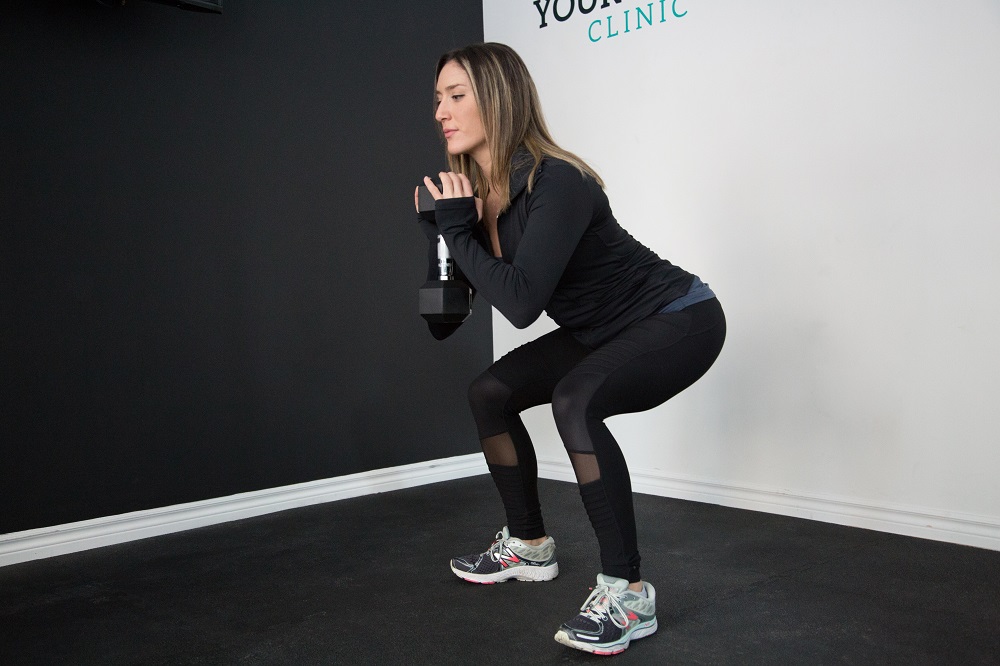
The closer you are to getting on snow, the more you’ll need to focus on activities that use the same muscle groups in the same way as skiing or riding.
In particular, it’s important to work your hips and legs with movements like squats, lunges and step-ups.
The greatest predictor of knee injuries is lack of control of movement at the hip (the glutes!).
Learn how to use your muscles properly to protect your knees from injury.
Check out the Fit for Snow Facebook page and stay tuned.
From October onwards daily workouts will be posted, and the programs will be available on their Facebook page.
TIP 3 – Plyometrics will increase your performance
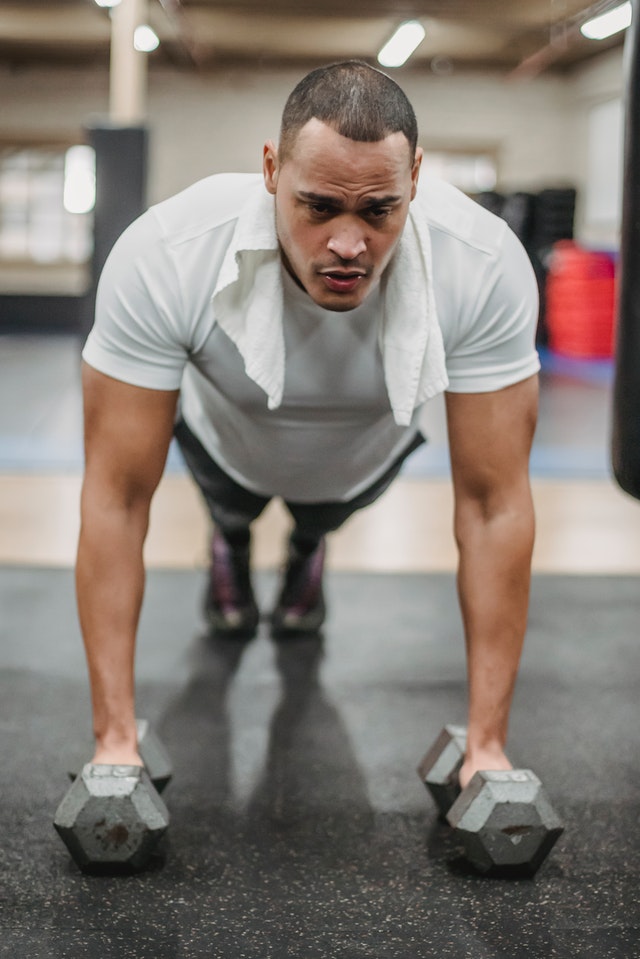
If you already have a good level of fitness and want to increase your performance, plyometrics are an advanced technique that can build strength very quickly and truly mimic the type of contraction that takes place when moving downhill and resisting gravity.
In plyometric training, the muscle lengthens under load, a process called eccentric contraction.
A word of caution is necessary; because of the strenuous nature of this type of training and the load exerted on the joints, it’s extremely important to make sure that you are using correct technique to avoid injury when practicing plyometrics!
Make sure that you have mastered the recruitment of stabilizing muscles for a neutral spine and pelvis prior to using plyometric training – if needed, consult a knowledgeable instructor to coach you on your technique.
From October to December, visit the Fit for Snow Facebook page for daily workouts including a progression into plyometrics.
Key Points
- Fitness levels are linked to injury rates. If you don’t have the strength and endurance to ski and ride, you will be much more likely to get hurt.
- Building some basic endurance and strength prior to your season will help reduce fatigue and lower your risk of injury.
- Even if you haven’t been active and the season is already starting, with some effort you can still improve your fitness and lower your risk of injury.
- Balance your fitness efforts with the work of your job and adequate recovery strategies to make sure that you aren’t overloading yourself.
Expert Contributor

Delia Roberts PhD. Founder of the Fit For Snow Program, Owner/President FitSafe Solutions Inc.

